Silkworm pupae, a byproduct of the silk industry, have long been consumed as a culinary delicacy in various parts of Asia, including China, South Korea, and Thailand. Revered for their rich nutritional profile and unique umami flavor, these crunchy morsels are often deep-fried, roasted, or boiled and served as a snack or ingredient in traditional dishes. However, a common question arises among those unfamiliar with this food: Is the black substance found at the center of silkworm pupae safe to eat? This article delves into the anatomy of silkworm pupae, the nature of this mysterious dark material, and its culinary and nutritional implications.
Understanding Silkworm Pupae: From Caterpillar to Culinary Delight
Silkworms, the larvae of the Bombyx mori moth, undergo a remarkable transformation during their life cycle. After feeding on mulberry leaves for approximately 35 days, they spin cocoons using silk proteins produced in their salivary glands. Inside these cocoons, the larvae metamorphose into pupae—a dormant, non-feeding stage preceding adulthood. It is during this pupal stage that the creatures are harvested for silk production and, in some cultures, human consumption.
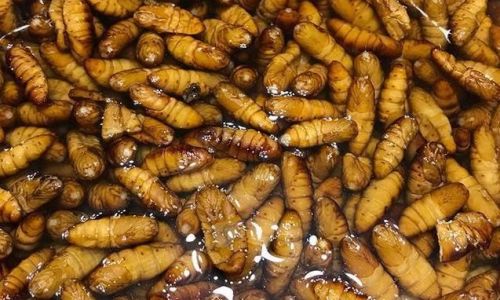
The pupa itself is a soft, cylindrical organism enclosed in a brownish exoskeleton. When cooked, the exoskeleton becomes crispy, while the interior transforms into a soft, somewhat grainy texture. The black substance visible at the core of the pupa has sparked curiosity and debate. To understand its edibility, one must first explore the biological composition of silkworm pupae.
The Anatomy of the Black Substance: What Is It?
The dark material at the center of a silkworm pupa is primarily composed of meconium, a residue left behind after the larva’s final molt. Meconium consists of undigested food particles, metabolic waste, and shed exoskeletal components accumulated during the larval stage. In insects, meconium is typically expelled shortly after eclosion (emergence from the pupa). However, in harvested silkworm pupae, this waste remains encapsulated within the exoskeleton.
Additionally, the black substance may contain traces of hemolymph, the insect equivalent of blood, which carries nutrients and hormones. While hemolymph is generally harmless, its appearance can be unappetizing to some diners. The meconium’s dark color stems from the breakdown of pigments and organic compounds during the pupal stage.
Culinary Practices: Is the Black Substance Consumed?
In traditional preparations, the entire pupa—including the exoskeleton and internal matter—is consumed. For example:
- Beondegi (Korea): Boiled or steamed pupae are a popular street food, often seasoned with salt or spices. The black substance remains intact during cooking.
- Cun Chao (China): Stir-fried pupae with chili and garlic are enjoyed for their crunchy texture, with the meconium contributing to the dish’s earthy flavor.
- Silkworm Pupae Soup (Thailand): The pupae are simmered in broth, where the meconium dissolves slightly, enriching the soup’s taste.
However, some chefs and home cooks prefer to remove the black substance for aesthetic or textural reasons. This process involves gently splitting the pupa lengthwise and scraping out the dark core, though it is time-consuming and not widely practiced.
Nutritional Profile: Benefits and Concerns
Silkworm pupae are celebrated as a protein-rich food source. A 100-gram serving provides approximately 53 grams of protein, along with healthy fats, iron, calcium, and vitamins B1 and B2. The black substance, while not a primary nutritional focus, contributes to this profile:
- Protein: The meconium contains residual proteins from the larval diet.
- Fiber: Indigestible chitin from the exoskeleton aids digestion.
- Minerals: Trace amounts of zinc and magnesium may be present.
However, the meconium’s high indigestible fiber content can cause gastrointestinal discomfort in sensitive individuals. Moderation is advised, particularly for those unaccustomed to insect-based foods.
Safety Considerations: Risks and Precautions
- Allergens: Silkworm pupae, like other insects, may trigger allergic reactions in individuals sensitive to chitin or shellfish (due to cross-reactivity with tropomyosin proteins).
- Bacterial Contamination: Improper storage or undercooking can lead to Salmonella or E. coli contamination. Thorough cooking (boiling for at least 10 minutes or frying until crispy) mitigates this risk.
- Heavy Metals: Some studies suggest that silkworms raised in industrial areas may accumulate toxins from their environment. Opting for organically sourced pupae reduces this concern.
- Texture and Palatability: The meconium’s grainy texture and bitter undertones may deter some diners, though this is subjective.
Cultural Perspectives: Delicacy or Disgust?
The acceptance of silkworm pupae varies widely. In countries like South Korea, they are a beloved snack, with vendors selling them from carts alongside roasted chestnuts. In contrast, Western societies often view entomophagy (insect consumption) with skepticism, largely due to cultural taboos and unfamiliarity.
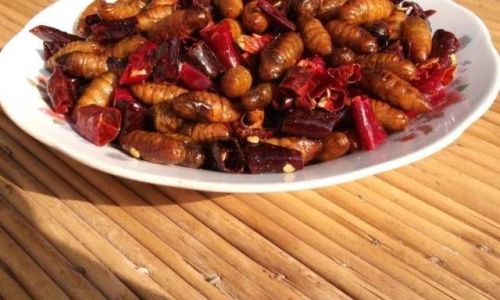
The black substance itself is rarely a point of contention; rather, the entire pupa’s appearance and origin spark debate. Advocates for sustainable food systems argue that insects like silkworm pupae offer an eco-friendly protein source, requiring fewer resources than livestock.
Preparation Methods: Enhancing Safety and Flavor
To maximize edibility and safety:
- Boiling: Submerge pupae in salted water for 10–15 minutes to kill pathogens and soften the exoskeleton.
- Frying: Deep-frying at high heat (175°C/350°F) until golden brown ensures crispiness and reduces microbial load.
- Marinating: Soaking in a mixture of soy sauce, garlic, and sugar before cooking enhances flavor and tenderizes the meat.
- Freezing: Prior to cooking, freezing pupae for 24 hours may help rupture cell walls, making the meat easier to digest.
Expert Opinions and Scientific Studies
While few studies specifically address the black substance, research on edible insects generally supports their safety when prepared correctly. A 2013 report by the Food and Agriculture Organization (FAO) highlighted silkworm pupae as a “nutritious and safe” food, provided they are sourced from reputable suppliers and cooked adequately.
Entomologists note that the meconium, though indigestible, poses no toxic risk. Dr. Florence Dunkel, an insect cuisine researcher at Montana State University, states, “The meconium is simply metabolic waste—much like the fiber in vegetables. It won’t harm you, but it might not taste pleasant to everyone.”
Conclusion: To Eat or Not to Eat?
The black substance inside silkworm pupae is biologically inert and safe for consumption when prepared properly. Its edibility hinges on personal preference, cultural norms, and culinary preparation. While it adds negligible nutritional value, its presence does not detract from the pupa’s overall safety.
For those eager to explore entomophagy, silkworm pupae offer a gateway to sustainable protein. However, individuals with shellfish allergies, digestive sensitivities, or aversions to novel textures may prefer to avoid the meconium. As with any exotic food, moderation, thorough cooking, and sourcing from trusted vendors are paramount.
In an era of growing environmental consciousness, silkworm pupae—black substance and all—may soon transition from niche delicacy to mainstream menu item, challenging Western palates and redefining the future of food.
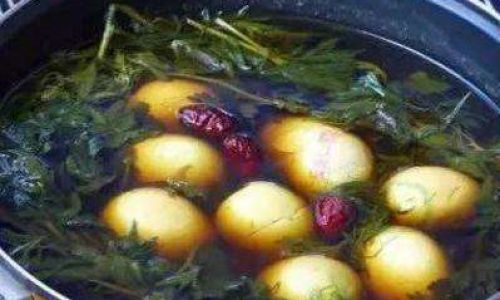
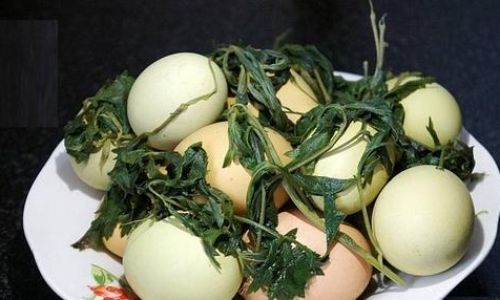

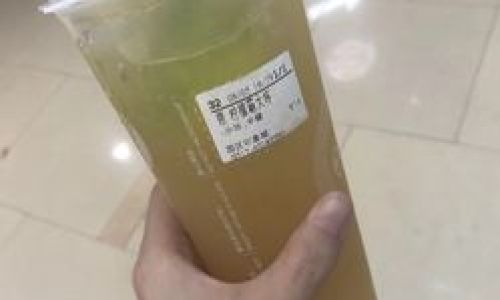
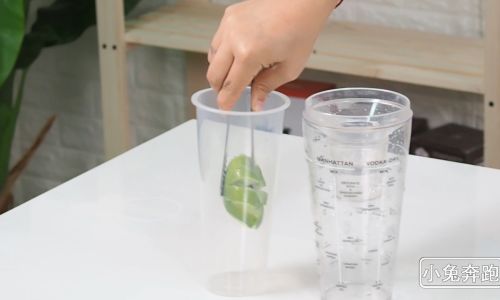
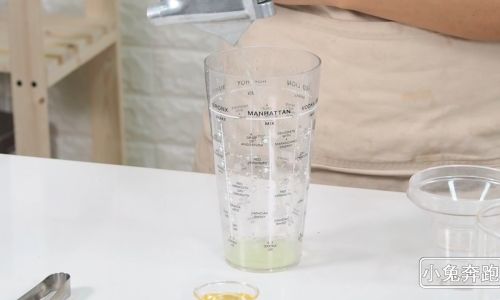
0 comments